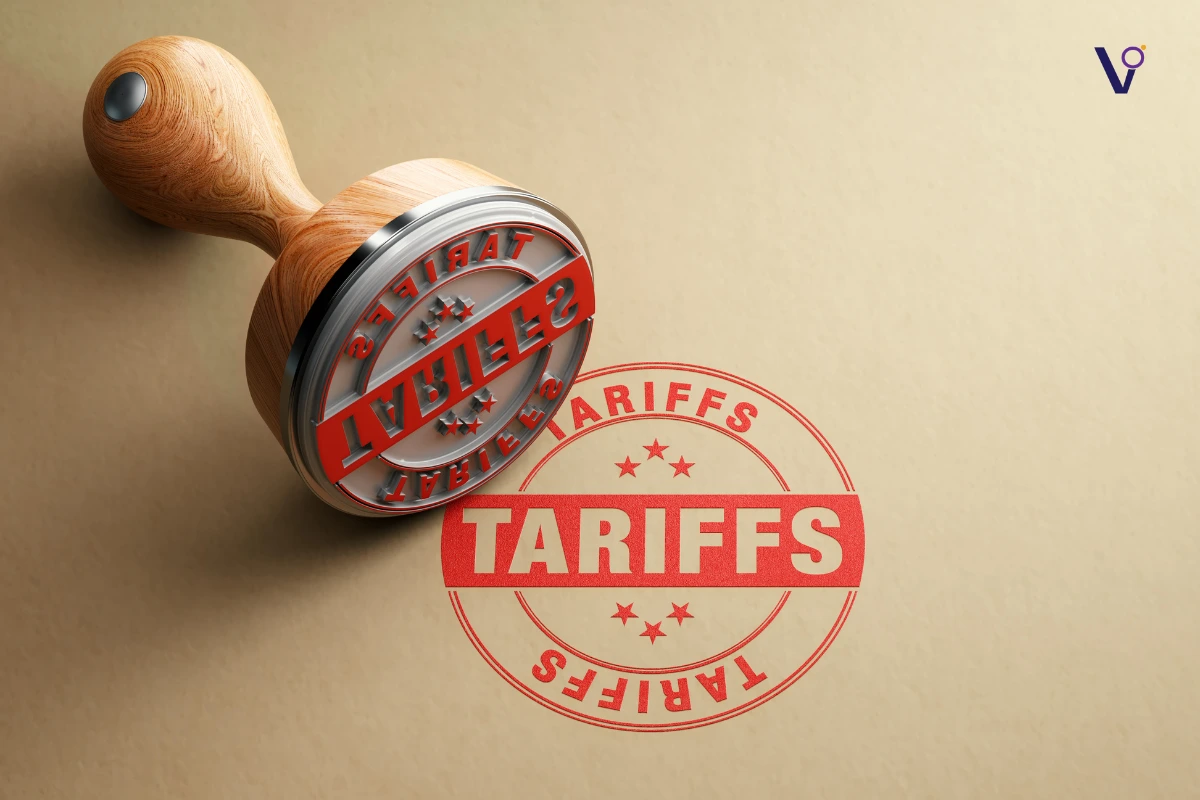The recent buzz surrounding a 245% tariff on Chinese imports has left many people confused—and for good reason. The number is so outrageously high that it almost feels fictional. But Trump’s tariff on China has taken center stage again, with headlines suggesting an economic war that’s heading into extreme territory.
Let’s break down what’s really happening, why this number matters, and how it fits into the broader context of U.S.–China trade relations.
What is the 245% Trump’s Tariff On China?

Let’s clear something up from the start: yes, 245% is a real tariff, but it’s not quite what people think.
This number came from a White House fact sheet published on April 15, which focused mainly on critical minerals and strengthening U.S. supply chains. Tucked away near the bottom was a single line about “up to a 245% tariff on imports from China”—and that’s where the confusion exploded.
The implication was that all Chinese imports would now face this astronomical tariff. But in reality, this 245% figure applies to only a couple of specific product categories, not the entire spectrum of Chinese goods.
Which Chinese Products Face the Highest Tariffs?
Right now, there are two key products facing the top-end 245% tariff rate:
- Chinese Electric Vehicles (EVs)
- Syringes and medical-grade injection equipment
These are not random picks. The decision to target EVs is about protecting the domestic electric vehicle industry in the U.S.—giving local manufacturers the breathing room to grow without being overwhelmed by low-cost Chinese alternatives.
Syringes, on the other hand, are a different story. During the pandemic, a shortage of syringes seriously slowed down the U.S. vaccination rollout. So, the government is now trying to incentivize domestic production of essential medical supplies to avoid another bottleneck in the future.
So no—Trump didn’t just suddenly slap a 245% tariff across the board. And in fact, it was the Biden administration that initially increased some of these tariffs, which Trump has since expanded.
US-China Trade War Timeline
The 245% number is part of a much longer, complex trade history. Let’s rewind:
- During Trump’s first term, the U.S. imposed tariffs on China ranging from 10% to 54%.
- Later, that escalated to 104%, 145%, and now 245%—but again, only on certain goods.
- These tariffs were met with retaliation from China, which included taxes like:
- 15% on U.S. coal
- 10% on U.S. crude oil
- 34% on U.S. goods broadly
- Up to 125% on select American imports
The back-and-forth has been relentless. And now we’re in a scenario where trade policy is less about economics and more about positioning.
But here’s the punchline: Even before the idea of 245%, trade was already being squeezed. Tariffs over 50% make trade unsustainable. Anything beyond that is effectively a wall—not a tax.
What Does This Mean for Businesses and Consumers?
Let’s say you’re running a business in the U.S., and you’ve spent years building a reliable supply chain in China. You’ve developed relationships, scaled manufacturing, and optimized shipping routes.
Then, overnight, a 245% tariff appears on a critical product.
That’s not just a policy change—it’s a financial earthquake.
For businesses, this kind of tariff:
- Destroys profit margins
- Forces urgent supply chain pivots
- Slows down product development
- Raises consumer prices
And let’s not forget, the U.S. imported nearly half a trillion dollars’ worth of goods from China last year. That’s a major line item in our economy—one that’s now on unstable ground. So, yes, tariffs at this level (even if they apply to only a few items) send a strong message. They have the practical effect of ending trade for those products.
Will the US-China Trade War Ever End?
That’s the billion-dollar question.
Trump has made it clear: “China needs to make this right.” He’s banking on the idea that the U.S. holds the cards. “They make hundreds of billions on us,” he says. And while he claims to respect China, he’s not willing to back down unless they meet the U.S. halfway.
But here’s the twist: China’s response is to no longer respond. They’ve essentially said that even if the U.S. raises tariffs to infinity, it no longer matters. It will be seen as a joke in the history of world economics.
It’s a bold stance, but not an illogical one. When tariffs reach absurd levels, they stop functioning as taxes and start functioning as barriers. That’s when trade doesn’t slow—it stops.
So, is the trade war over? No. But it may be entering a new phase: a cold trade war, where silence replaces sanctions.
Final Thoughts
Trump’s tariff on china is basically:
- 245% is a real tariff, but only on two types of goods: electric vehicles and syringes.
- This figure was mentioned in a White House document but was misinterpreted as a blanket policy.
- Tariffs this high make trade practically impossible, and most businesses can’t survive with them.
- The U.S.-China trade war is still very active—but it’s evolving.
In the end, the number 245% is less about economics and more about narrative. It’s a statement, a strategy, and possibly a starting point for future negotiations.
So, if you’re in business, logistics, or even just curious about global trade trends, keep your eyes on this space. Because tariffs might just be the currency of modern geopolitics.
Check official U.S. Customs data—rates range from 0% to 245% depending on the item’s classification under current trade policy.
Trump’s tariff on China in 2025 reaches up to 245% on some goods, primarily targeting electric vehicles and syringes to protect U.S. industries and supply chains.
The U.S. raised tariffs to pressure China into fairer trade, protect domestic industries, and counter China’s retaliatory actions during the prolonged trade war.



